Queen Maeve, or Medb, is a figure of significant importance in the annals of Irish mythology. She primarily features in the tales of the Ulster Cycle, the oldest of the four cycles of Irish mythology. The primary sources of Maeve’s life and exploits are derived from early Irish manuscript tradition. These include the “Lebor na hUidre” (The Book of the Dun Cow), the oldest surviving manuscript of Irish literature, and the “Lebor Laignech” (Book of Leinster), among other later compilations. These texts, primarily composed in Old and Middle Irish, form the foundation of our knowledge of Queen Maeve. As we continue to revisit and reinterpret these stories, Maeve’s vibrant image continues to inspire and provoke, bearing testament to the enduring allure of these ancient tales.
Maeve is a complex character who eludes simple classification. She at once embodies a variety of roles – a strong leader, a passionate woman, a strategic mastermind, and at times, she is ruthlessly ambitious and willing to use her cunning to manipulate conflict and death. Her stories, embedded in the ancient manuscripts and carried forth into modern interpretations, offer a rich field for exploration of themes on the nature of power, gender, tradition, property, sexuality, and death, in Ireland’s mythic age.
Depiction and Characteristics
Queen Maeve, or Medb, stands as an impressive figure in ancient manuscripts, embodying both the strength and wisdom associated with successful leadership. Her keen sense of strategy, coupled with a staunch assertiveness, are key facets of her character. Maeve’s ability to rally and command forces into battle, along with her adept manipulation of alliances and rivalries, demonstrate her political guile and innate sovereignty.

Often described as leading her troops into battle and directly confronting adversaries, her bravery remains an indelible trait. This courage extends to her pursuit of the Brown Bull of Cooley in the Táin, an endeavour that highlights her unwavering determination and resilience.
Yet, Maeve’s character is not limited to her roles as queen and warrior. She’s often depicted as a woman of vibrant personality, exhibiting fierce independence and brass, who freely exercises her personal agency, both in her public and private life, sexually liberated and audacious. She was unapologetic, taking numerous lovers and husbands and demanding that each one of them be without jealousy and fear. One account describes how she would order her lover’s tents next to hers in order of her preference. These varied depictions of Maeve humanise her in many ways, she is not presented to us as a goddess of mythology but as a real mortal woman, and this contributes significantly to her enduring legacy within both academics and popular appeal.
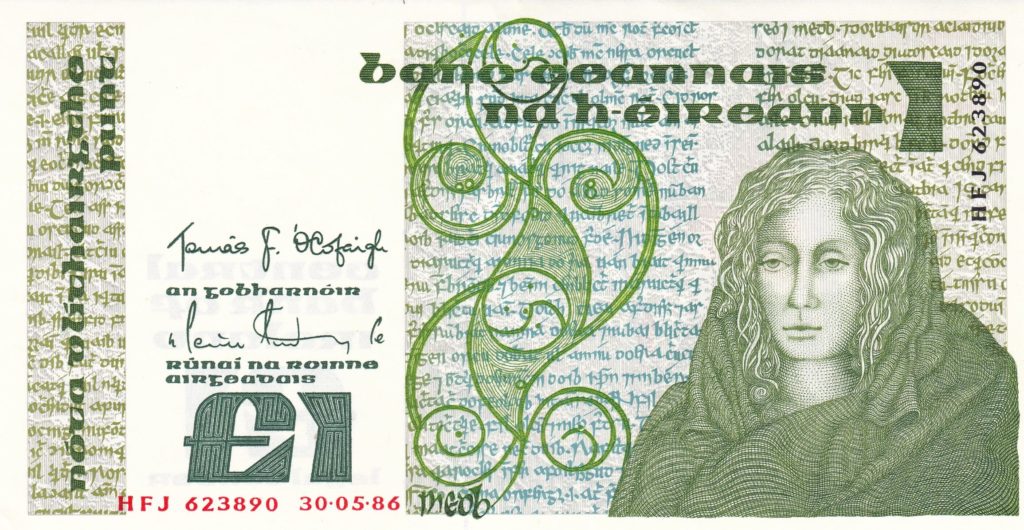 | 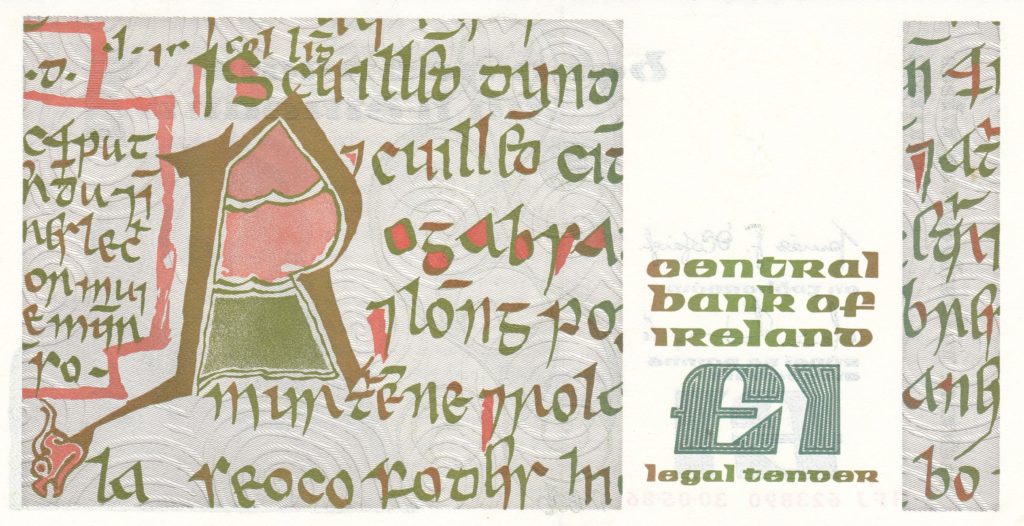 |
The Series B banknotes were a set of legal tender issued by the Central Bank of Ireland between 1976 and 1992. The one-pound note from this series featured an engaging blend of Irish history and culture. It showcased a portrait of Medb and included a pre-Christian geometric design inspired by bone slip motifs. The background was enriched with an excerpt from the Táin, a legendary Irish epic. On the reverse side, the banknote boasted a decorative extract from Lebor na hUidre, the oldest extant Irish manuscript, further reflecting the nation’s rich historical heritage.
She Who Intoxicates: The Queen of Honey
One of the most fascinating aspects of Queen Maeve’s character is inherent in her very name. The name ‘Maeve,’ or ‘Medb’ in Old Irish, is thought to derive from the Proto-Celtic ‘*Meduā,’ which means ‘mead.’ Mead, a fermented drink made from honey, was a central part of Celtic feasting traditions and was often associated with intoxication, merriment, and social bonding.
When considering this etymological connection, Queen Maeve’s name can be interpreted as ‘she who intoxicates.’ This association has considerable implications for understanding her character. As a queen renowned for her charisma and power, Maeve herself can be seen as a sort of intoxicant, beguiling those around her with her formidable presence and strategic acumen. This allusion enriches Maeve’s character, suggesting a captivating allure that is as potent as the strongest drink.
Furthermore, this intoxicating characteristic aligns with Maeve’s portrayal as a ruler who, like the best mead, is potent and commanding, imbuing the feasting hall with a sense of merriment, richness, and communal solidarity. Just as mead was central to Celtic feasts, Maeve, too, was at the heart of her kingdom, steering its course with her resolute determination and savvy.
Queen Maeve in the Táin Bó Cúailnge
The Táin Bó Cúailnge, or “Cattle Raid of Cooley,” is an epic story at the centrepiece of the Ulster Cycle of Irish mythology, where we see Queen Maeve’s character come to the forefront. In the opening scene of the saga, Maeve sought to equal her husband Ailill’s wealth after they had measured each of their possessions and Maeve was found to be lacking. She had no possession that could match Ailill’s White-horned Bull named Finnbennach. After learning of the Brown Bull of Cooley, the only bull in Ireland that could match the White-horned Bull, Maeve amasses an impressive army to seize the coveted bull from its master in Cooley, in the lands of the Ulstermen.
The primary opposition to Maeve’s massive assault comes from the hero Cú Chulainn, who single-handedly defends Ulster. In an earlier tale, we learn of the ‘Curse of Macha’ that would befall the Ulstermen at an hour of great need, explaining why the remaining Ulster warriors were incapacitated leaving the young Cú Chulainn to fight alone.
But our hero Cú Chulainn decimates Maeve’s armies in the preceding conflicts that are depicted in graphic detail throughout the remainder of the story. Maeve finally seizes the bull, however, the Brown Bull and Ailill’s White-horned Bull end up killing each other, ending a feud between two pig-keepers of the Tuatha Dé Danann (who we learn are in the form of the two bulls) who had been warring for generations, rendering Maeve’s efforts fruitless and exposing the futility of her desire.
Archaeological Evidence of Queen Maeve’s Legacy
Rathcroghan, known in Irish as Ráth Cruachan, holds a place of central importance in Queen Maeve’s narrative. Situated in County Roscommon, Ireland, this prehistoric and historic royal site was the traditional capital of Connacht, the western region of Ireland that Maeve ruled. Rathcroghan also serves as both the starting point and conclusion of the Táin Bó Cúailnge saga.
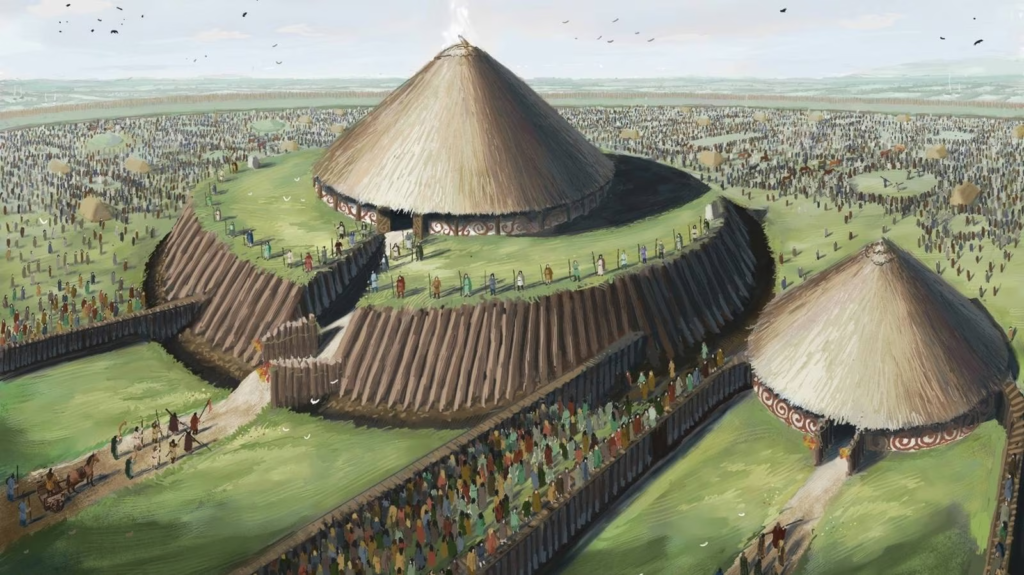
Rathcroghan’s association with Maeve is further emphasised by its archaeological features, enriching the understanding of Maeve’s character within Irish mythology. The “Cave of the Cats,” or “Uaimh na gCat,” is a particularly significant feature. Known as “Ireland’s Gate to Hell,” it is considered a primary entrance to the Irish Otherworld, thus reflecting the mystical facets of Maeve’s character.
The site is also home to the “Misgaun Medb,” a monumental stone traditionally considered Queen Maeve’s burial site. Located northwest of the central Rath Cruachan mound, the stone, also known as “Medb’s Butter,” plays a crucial role in local lore and tradition. While there is no definitive archaeological evidence confirming this belief, the association between the “Misgaun Medb” and Maeve remains a deeply rooted aspect of regional cultural memory.

In addition to Rathcroghan, Queen Maeve’s name is linked to the landscape of Ireland through another reputed burial site: a cairn atop Knocknarea mountain in County Sligo, traditionally known as “Miosgan Meadhbha” or “Maeve’s Cairn.” Despite the lack of archaeological proof, this site’s acceptance as Maeve’s final resting place signifies her lasting cultural resonance.
While Knocknarea’s “Maeve’s Cairn” is the most famous, it is intriguingly not the only site associated with Maeve’s burial. There are indeed four other locations that bear the name “Medb’s Heap.” However, the specific details and histories of these sites vary, leading to a rich tapestry of local lore and legend.
These various physical connections across Ireland serve to ground Queen Maeve’s vast mythology into tangible, observable reality, further solidifying her enduring cultural influence. Through her enduring legacy, both within the rich narratives of Irish mythology and the physical and cultural landscapes of Ireland, Queen Maeve of Connacht continues to captivate the collective imagination.
Queen Maeve in Literature and Popular Culture
Queen Maeve’s influence extends beyond the realm of ancient literature and folklore, finding representation in various forms of contemporary media, which simply underscores her enduring appeal.

In literature, Queen Maeve has served as a muse for many, including famed poet W.B. Yeats. In his play “On Baile’s Strand” (1904), part of the collection of plays about Cú Chulainn known collectively as “The Cúchulain Cycle,” he uses Maeve’s character as a representation of Ireland herself.
Maeve makes another appearance in Yeats’ tragic play “The Only Jealousy of Emer” (1919), where she is portrayed as a commanding figure who is not to be taken lightly. In one memorable exchange, she asserts,
“There is not a king or queen in the world that I cannot make a fool.”
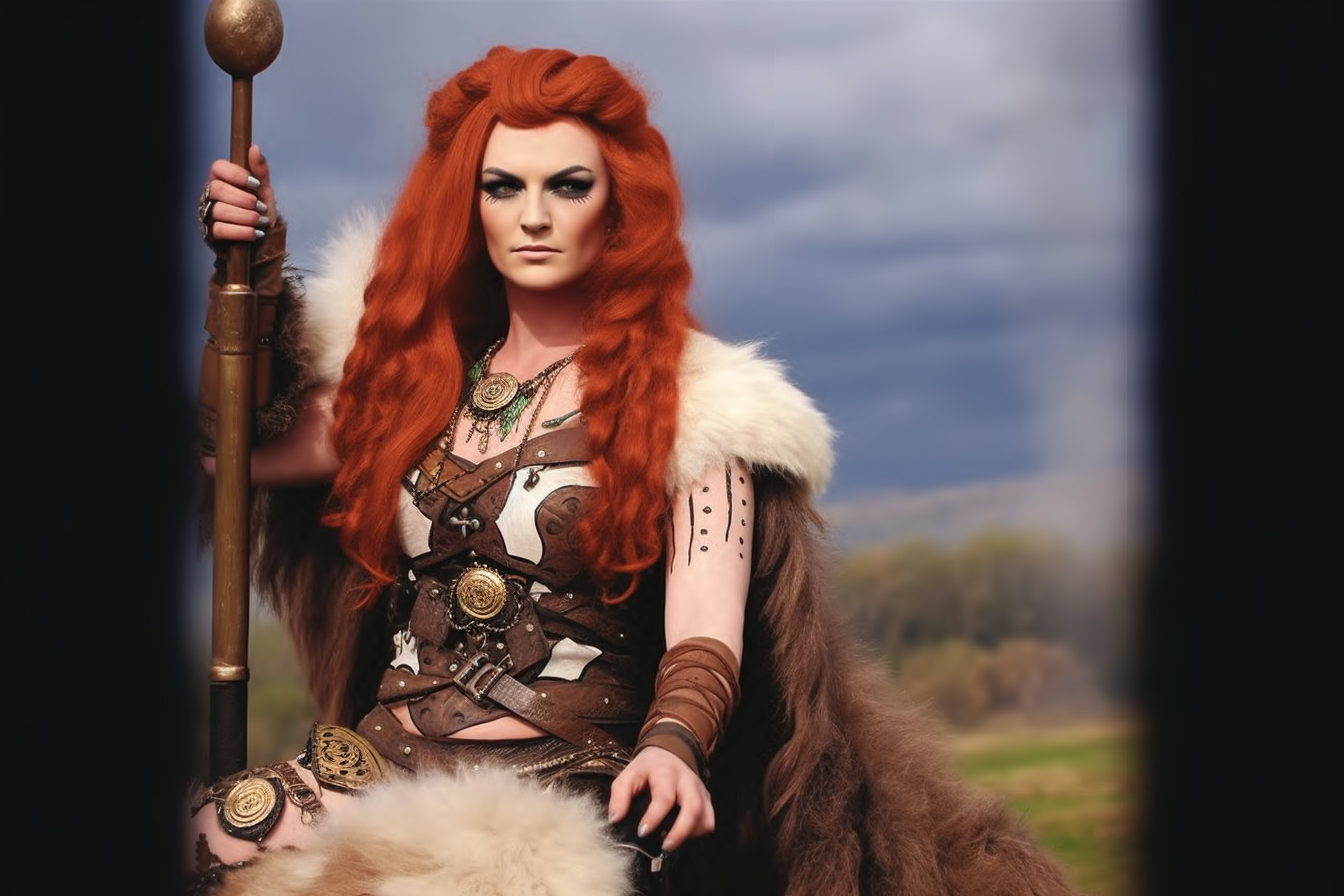
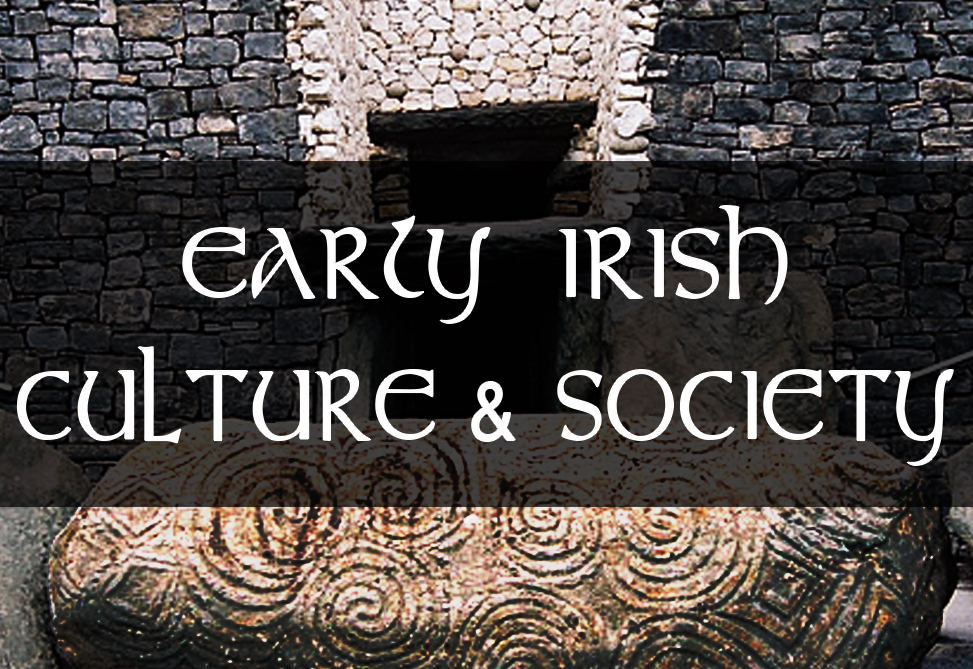
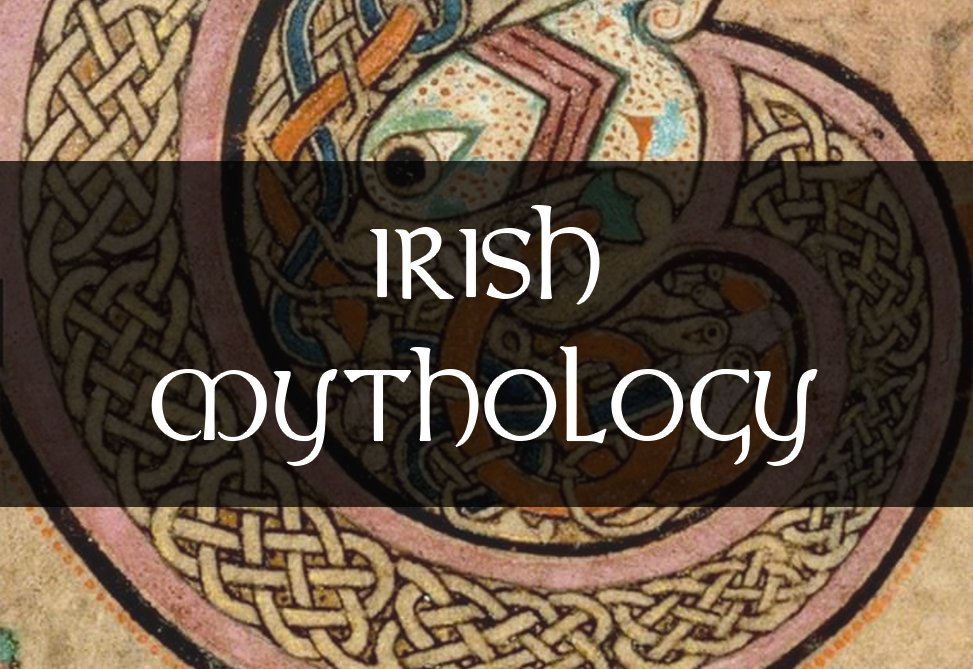
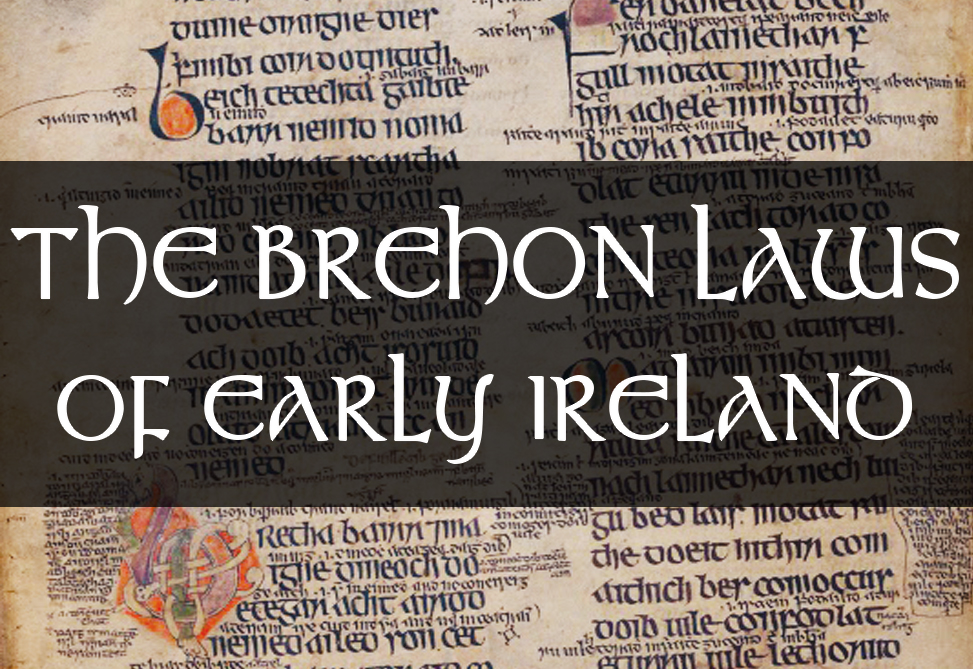
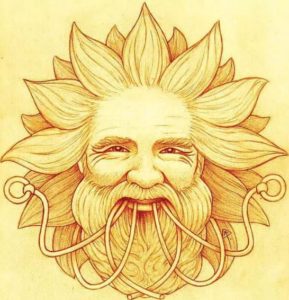
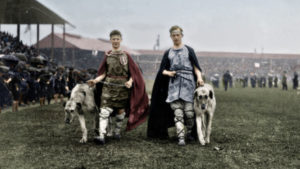
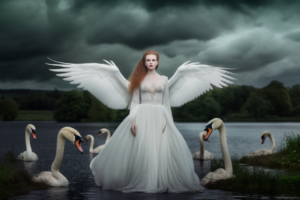
Pingback: Heroic Biography: King Connor Mac Nessa and His Royal Branch Knights - The Brehon Academy